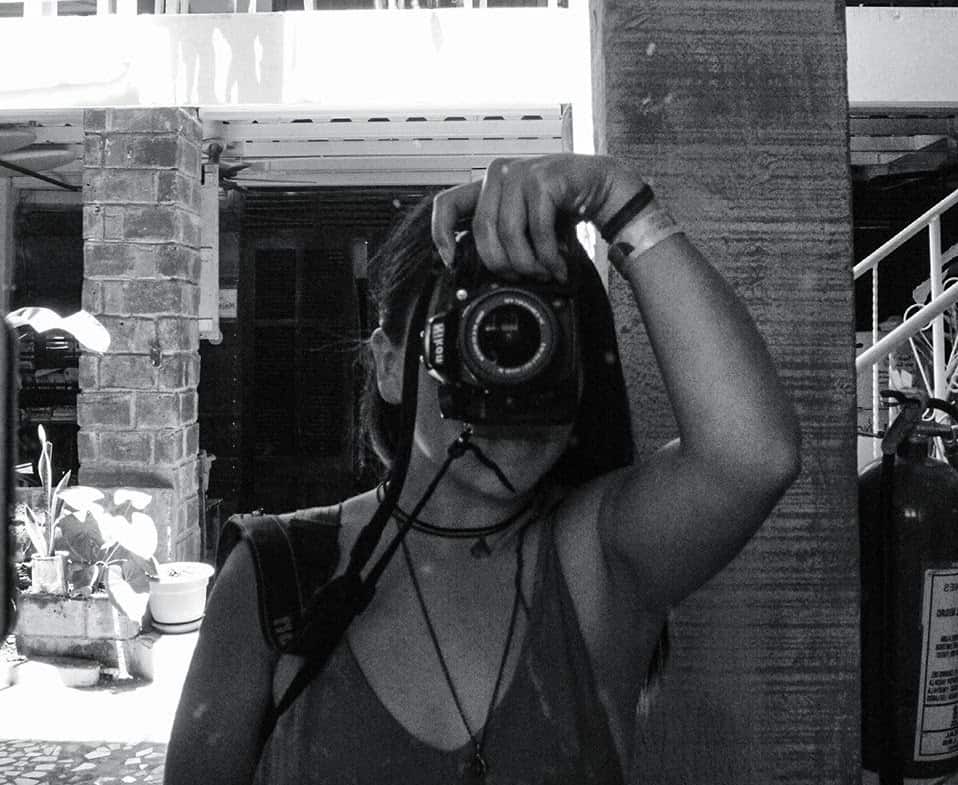Our Weekend Arts Spotlight feature has profiled a lot of artists and gone through several changes throughout the years.
One artist we profiled is now the reporter interviewing others for our Weekend Arts Spotlight. This week we take a look back at the time we profiled Ivannia Alvarado, a photographer who now uses her lens to showcase other artists for The Tico Times.
Capturing emotions through the lens of a camera to provoke a social impact: that’s what drives Costa Rican amateur photographer Ivannia Alvarado.
She bought her first camera only two years ago, but her love of communication has been a constant: she studied publicity at the Universidad Hispanoamericana and radio production at the National Training Institute (INA), which led her to writing about music for the site 89decibeles.com as well as working for publicity agencies Double Digit, Garnier, Jotabequ, Thrilled and Publimark.
More recently, she has traveled throughout the country to photograph last year’s migrant crisis on the border with Nicaragua, the indigenous zone of Conte Burica near the Panamanian border, and a community festival in La Carpio. Her most recent trip was to both help and photograph the community of Cuajiniquil after the devastating impact of Tropical Storm Nate.
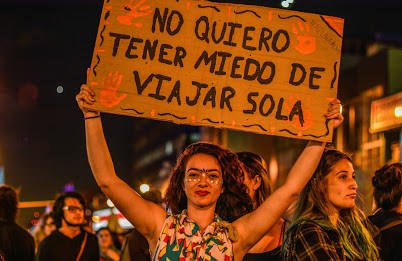
“I think that [photography] fulfills a social purpose, which transcends the aesthetic or commercial aspect. Its purpose is to generate a change,” Alvarado told The Tico Times.
Today, Alvarado works with varioussocial causes and collectives such as De la mano con la calle, Árboles Mágicos, SERPROJOVEN, TECHO and Proyecto F.
On a chilly afternoon at El Steinvorth in downtown San José, The Tico Times sat down and spoke with Alvarado about her passion to document human interactions. Excerpts follow.
What got you interested in photography as a hobby?
I wanted to stop being the observed person and became the observer. It’s an obsession with being behind what happens.
Ever since 89decibeles and the music part, I was into it. Watching how people react to a concert is totally different from being in the concert. For me it was very valuable to photograph or write about it.
It’s about trying to get involved with social initiatives such as De la mano con la calle or the refugees and migrants on the borders as well as what happened recently with Nate. It’s about documenting everything that’s happening that somehow the rest of traditional media let go.
It’s about narrating all those stories with photography and documenting what other people are not seeing.
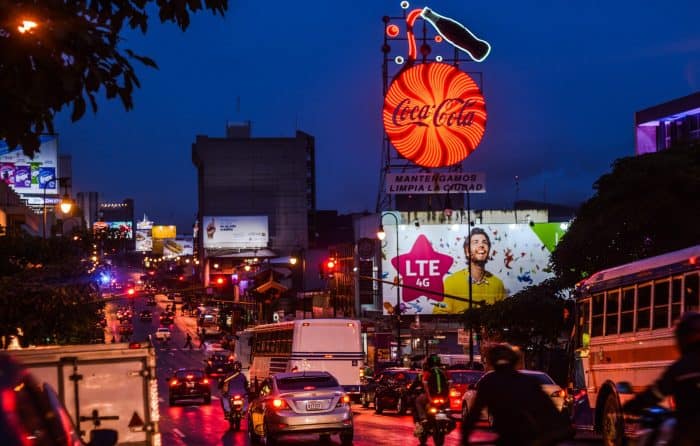
When you photographed the migrant crisis on the border of Nicaragua, what struck you most about the situation?
There was a pregnant woman who had a one year-old baby, and she was running away with her brother. Her husband was in the United States and she came from Africa. Her brother was fleeing because he was gay and they wanted to kill him. They had tried to kill him several times because he was gay.
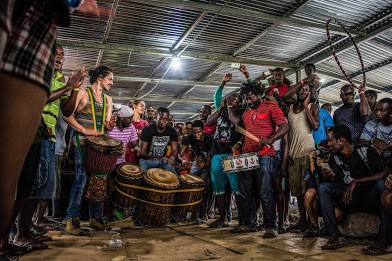
It was an entire family fleeing for different reasons. The baby was going to be born in Costa Rica and she was not going to have time to get to the US. She didn’t what would happen.
These are very heavy stories. These are people who have been escaping for eight years. Babies that are born on that path. The hardest part is the children: They grow up everywhere. They don’t have an origin and they’re from the whole world. The hardest part is watching them, because they don’t understand. They only know that people come play with them and treat them great, but the don’t know that their mother is crying or that their mother is going through a very tough thing. They don’t understand what it’s like to be in one place or what having a house is like.
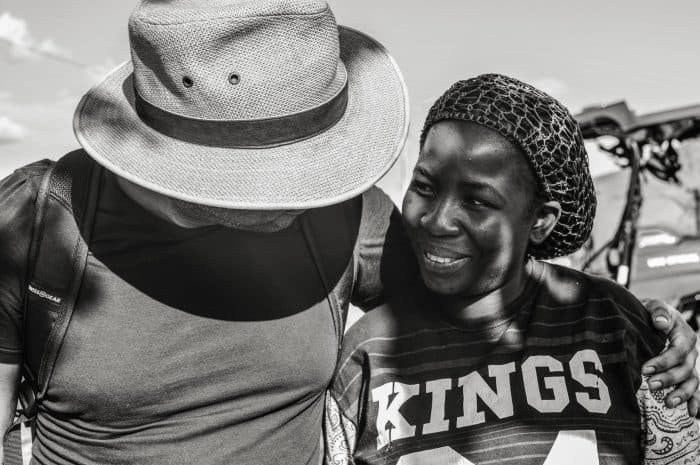
What’s the most difficult photo you’ve taken?
Maybe the ones related with adventure. When you go to the mountain it’s very difficult. One time we went to Guápiles and we wanted to photograph the Río Blanco waterfall. The river rose and we almost drowned [laughs]. Behind photography there are many stories.
That day I had never seen so many bruises on my body before. The waterfall photo didn’t come out as well as I expected because it began raining a lot. It was a real adventure because we were 12 peeople and we had to cross six rivers, which had risen, and the last one was the worst one.
The hardest part about photography is… the risk you put yourself into by wanting to go where no one has been before for a photo. Respecting nature is very important.
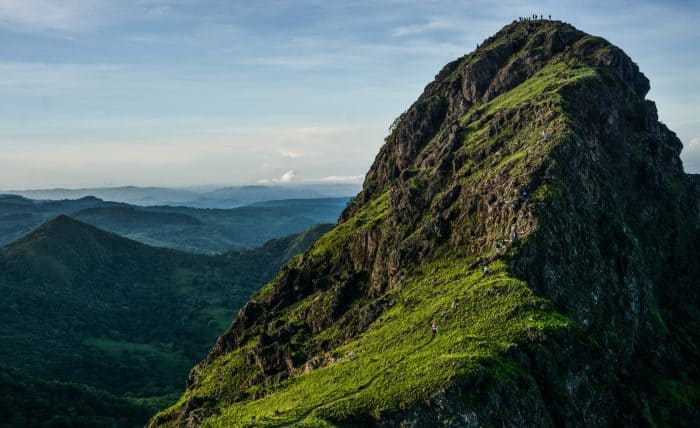
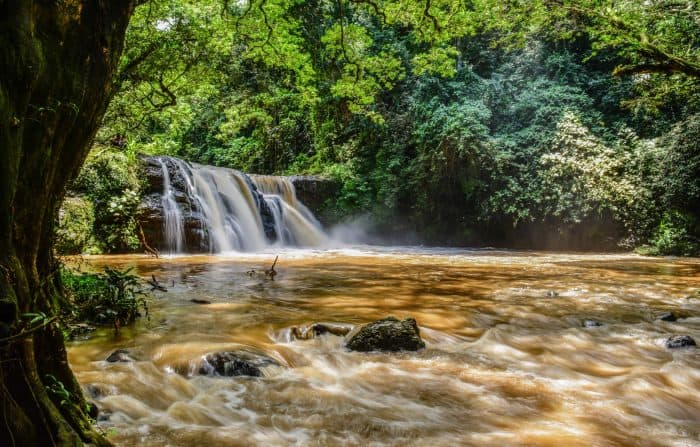
How do you use photography to communicate?
If you don’t communicate something in an aesthetic way, it probably won’t be seen or it’ll lose its value. I realized that photography has power commercially, but also socially.
Sometimes if a photo isn’t taken, then it doesn’t exist. If there weren’t people taking photos of indigenous projects in the Southern Zone or in other parts of the country, then we wouldn’t know they exist. For me that’s what’s very important.
That’s also why I started taking photos. I felt that there were certain holes, or you somehow feel unsatisfied with what traditional media publish. If someone isn’t doing it, why shouldn’t I do it? I have various friends who think the same way. If it’s not being done, you invent it. You go there, do it and learn.
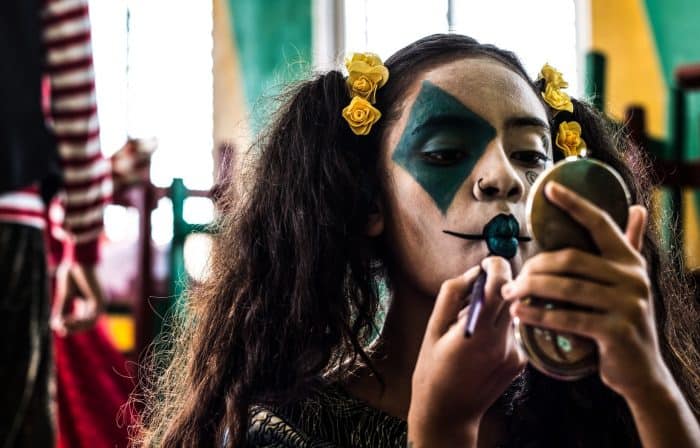
Which parts of the country have you visited through photography?
Ohhhh. So many. Conte Burica has been the farthest I’ve been to. I went with SERPROJOVEN to document the project they have with indigenous children in the area of Las Vegas. They’re Gnöbes and it was impressive.
I’ve also been to Monteverde, Puerto Viejo, Guápiles, Coronado, La Cruz in Guanacaste, Cuajiniquil. Both borders with Nicaragua and Panama. I’ve also traveled in different sources of transportation such as the back part of trucks, buses, strangers’ cars, as well as with people I know. I think that the most important part of photography is what’s behind it to obtain a photograph, even if it includes climbing a tree and falling from it. It’s awesome to be exposed to everything. The process behind the photo is really fun.
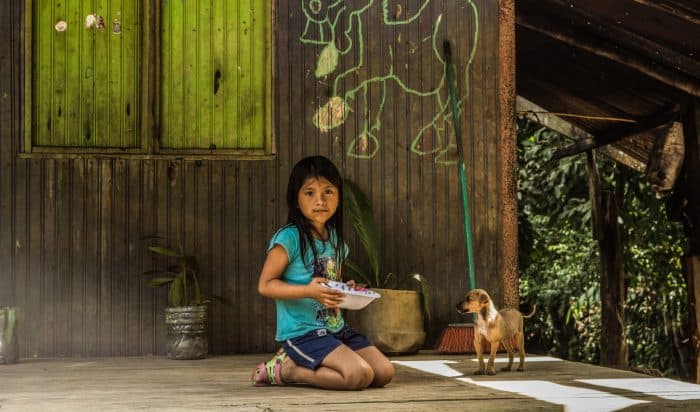
To see more of Alvarado’s photos, visit her Instagram page.
Our Weekend Arts Spotlight is brought to you by the Jason Babchuk Gallery/W22 Galería.
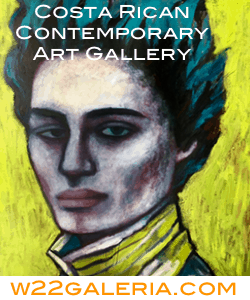
“Weekend Arts Spotlight” presents Sunday interviews with artists who are from, working in, or inspired by Costa Rica, ranging from writers and actors to dancers and musicians. Do you know of an artist we should consider, whether a long-time favorite or an up-and-comer? Email us at alex@ticotimes.net.

